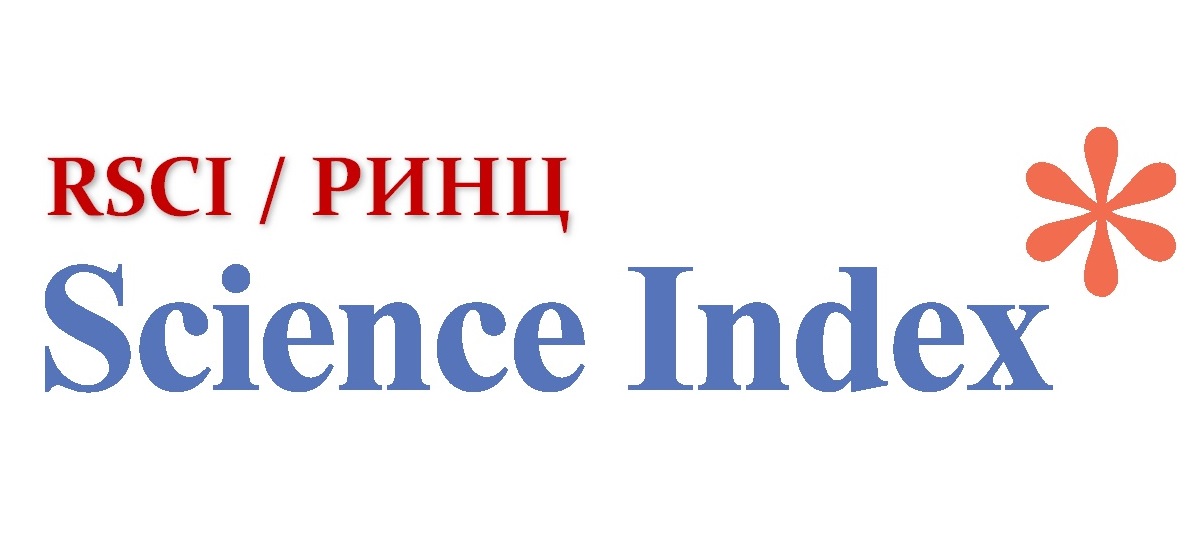Mutual complementarity of Chinese sources and ancient Turkic texts
Views: 106 / PDF downloads: 81
Keywords:
Kultegin monument, runic inscriptions, western side of the inscription, Chinese sources, source reliability, source-historico-graphic analysis.Abstract
The article analyzes from the 1st to the 10th line of runic text of the Kultegin monument and examines
the adequacy of the obtained data with the Chinese sources, its reliability, and its value from the perspective of source
study. The scientific result and the author’s point of view is that many of the data, such as the creation of the Türkic
Kaganate, its original leaders Bumyn and Istemi, their power, the conquest by the Turks of a vast territory from Mount
Khingan (Da Xing’anling) to Temir Kapyk, the interference of the Tang dynasty in internal affairs of the Turks, as
a result, the weakening of the Kaganate, and eventually the fall under the influence of the Tang Empire, the Turkic
citizenship for 50 years, all these events fully coincide with the data of “Jiu Tangshu" and "Xin Tangshu."
Moreover, in the examined part of the Kultegin monument, unique data on the tradition of statehood and the world
view of the ancient Turks appear which are not found in Chinese sources.
Downloads
Published
How to Cite
Issue
Section
License

This work is licensed under a Creative Commons Attribution-NonCommercial-NoDerivatives 4.0 International License.







